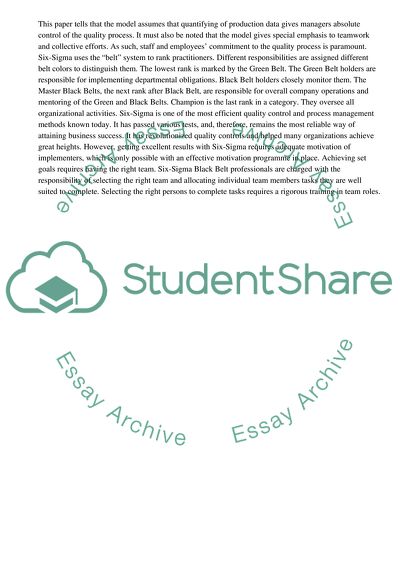Cite this document
(Brief History of Six-Sigma Model Research Paper, n.d.)
Brief History of Six-Sigma Model Research Paper. Retrieved from https://studentshare.org/management/1772465-six-sigma-team-motivation
Brief History of Six-Sigma Model Research Paper. Retrieved from https://studentshare.org/management/1772465-six-sigma-team-motivation
(Brief History of Six-Sigma Model Research Paper)
Brief History of Six-Sigma Model Research Paper. https://studentshare.org/management/1772465-six-sigma-team-motivation.
Brief History of Six-Sigma Model Research Paper. https://studentshare.org/management/1772465-six-sigma-team-motivation.
“Brief History of Six-Sigma Model Research Paper”, n.d. https://studentshare.org/management/1772465-six-sigma-team-motivation.


